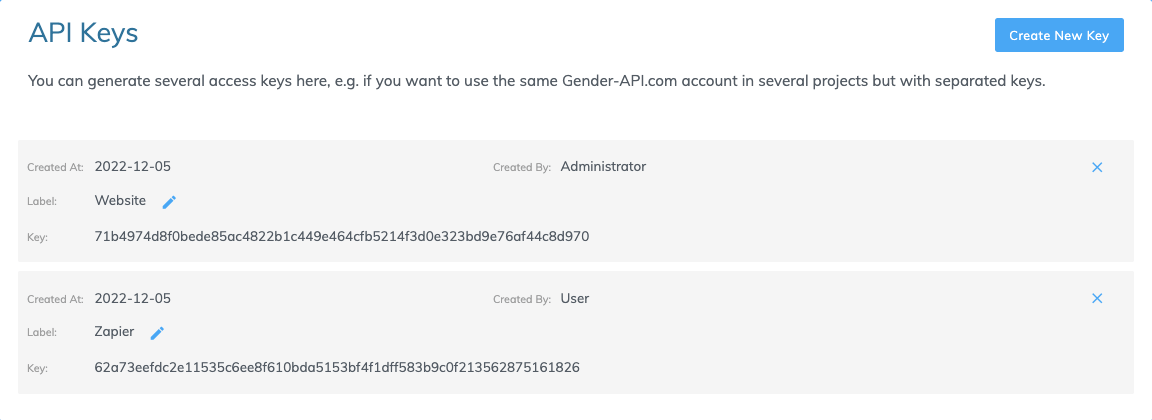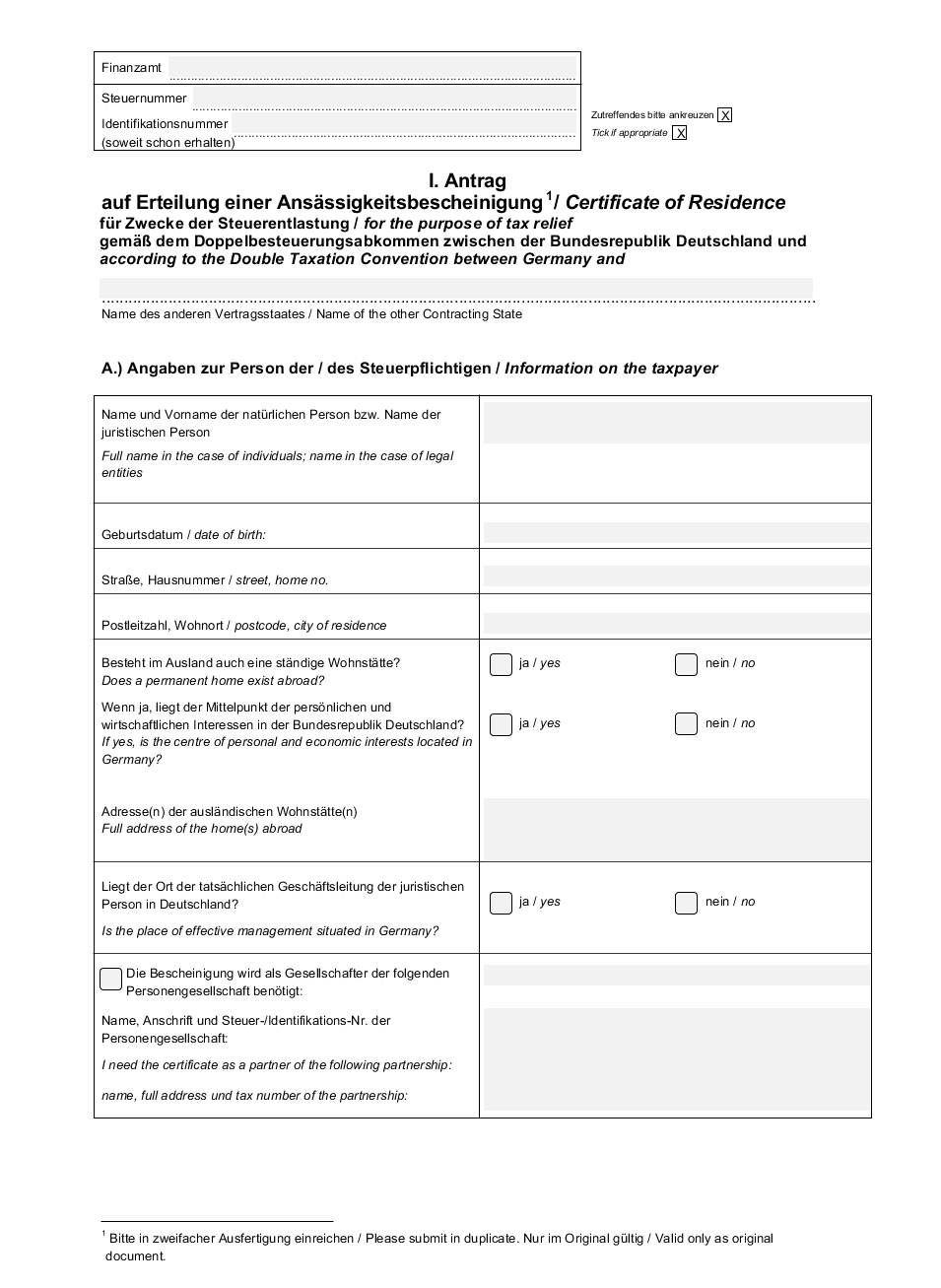Languages and names are fluid and change over time. From customer to customer, data sets also vary a lot
in quality, scope and origin. Therefore, we cannot guarantee that all results you receive from our API are 100% correct
and match your data pool. But we can promise that we are always committed to providing you with the best results possible and
that we regularly improve and update our algorithms. We also add new data on a very regular basis. You can find out more about
our updates
here. In the unlikely event of our service not matching up with your expectations, we give you a straightforward
14-day money-back guarantee.
Of course, we also offer to test our service completely free of charge. If you sign up
here, you will receive 100 requests for free
every month.
If you query a name, our endpoints will either return an accuracy or a probability value in the response, depending on your API version.
The accuracy parameter returns how sure we are that this name is either male or female.
The value is calculated by the number of records for this in our database.
Since use cases differ significantly, we do not give any recommendations on the level of accuracy. Depending on your use case, it is up to you to decide
what results and accuracy levels to accept.
Even with an accuracy of at least 99%, there is a possibility that the result is incorrect.
However, a value above 95% fits most use cases in general.

 You can also create more than one API key. This is useful, for example, if you have multiple applications in which you want to include our API. Please note there is no distinction between the keys and how many requests it has used. All requests are counted collectively. To manage or create multiple API keys, click on the "Settings" button in the account menu and then on
You can also create more than one API key. This is useful, for example, if you have multiple applications in which you want to include our API. Please note there is no distinction between the keys and how many requests it has used. All requests are counted collectively. To manage or create multiple API keys, click on the "Settings" button in the account menu and then on  By clicking on the button "Create New Key", you can generate a new API key. You can give every token a name to later identify more easily where this key has been used. You can change this name at any time. Also, some of our widgets will auto-generate a key here. For example, if you use our "Quick Lookup Widget" in your account, our system will generate a key in advance, and this widget will then use this token to query our API.
Furthermore, third-party apps will create a key here once they are connected. Every token can be revoked at any time by simply clicking on the "x". Once revoked, the connected application will no longer have access to our API.
By clicking on the button "Create New Key", you can generate a new API key. You can give every token a name to later identify more easily where this key has been used. You can change this name at any time. Also, some of our widgets will auto-generate a key here. For example, if you use our "Quick Lookup Widget" in your account, our system will generate a key in advance, and this widget will then use this token to query our API.
Furthermore, third-party apps will create a key here once they are connected. Every token can be revoked at any time by simply clicking on the "x". Once revoked, the connected application will no longer have access to our API. Please don't mix both purchase types until you have talked to our support first or know exactly what you are doing. Buying a one-time package while you're subscribed to one of
our packages can prevent the subscription from refilling your requests. For example, when there are more requests left from the one-time purchase, than the subscription would refill.
Please don't mix both purchase types until you have talked to our support first or know exactly what you are doing. Buying a one-time package while you're subscribed to one of
our packages can prevent the subscription from refilling your requests. For example, when there are more requests left from the one-time purchase, than the subscription would refill.
